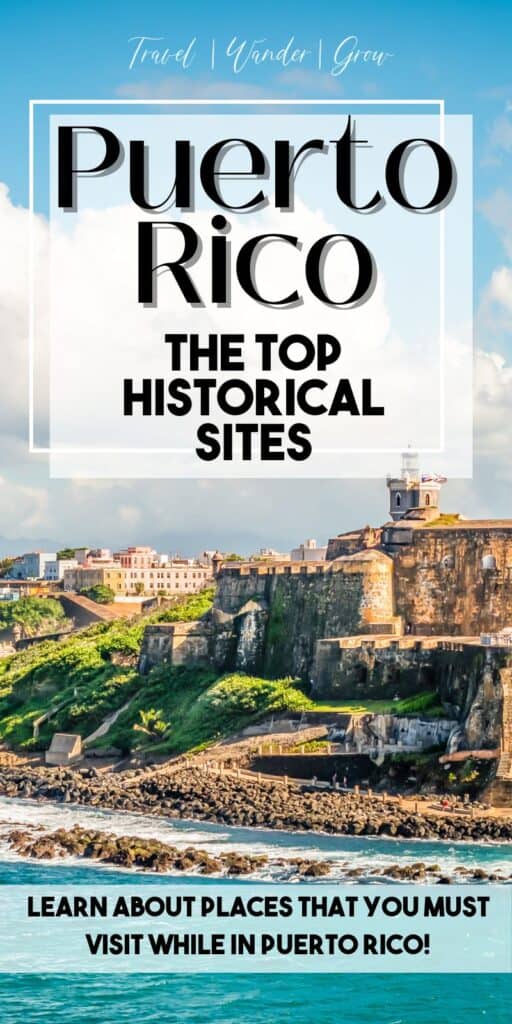The Top 17 Historical Sites in Puerto Rico

Are you looking for the best historical sites in Puerto Rico to visit? You’re in the right place.
I have visited Puerto Rico several times, and each trip has been like stepping into a living history book.
I know what it’s like to be on the hunt for destinations that offer more than just a pretty view. You want places that tell a story, that have a soul. Puerto Rico is one of the places that checks all the boxes.
I’ve explored Puerto Rico extensively, and I’ve learned a lot about its history. There’s so much to do that it can be overwhelming.
To help you out, I’ve put together a list of Puerto Rico’s historical sites that are truly worth your time. Now you can plan your perfect Puerto Rican adventure and experience the best this beautiful island has to offer.
The Top 17 Historical Sites in Puerto Rico
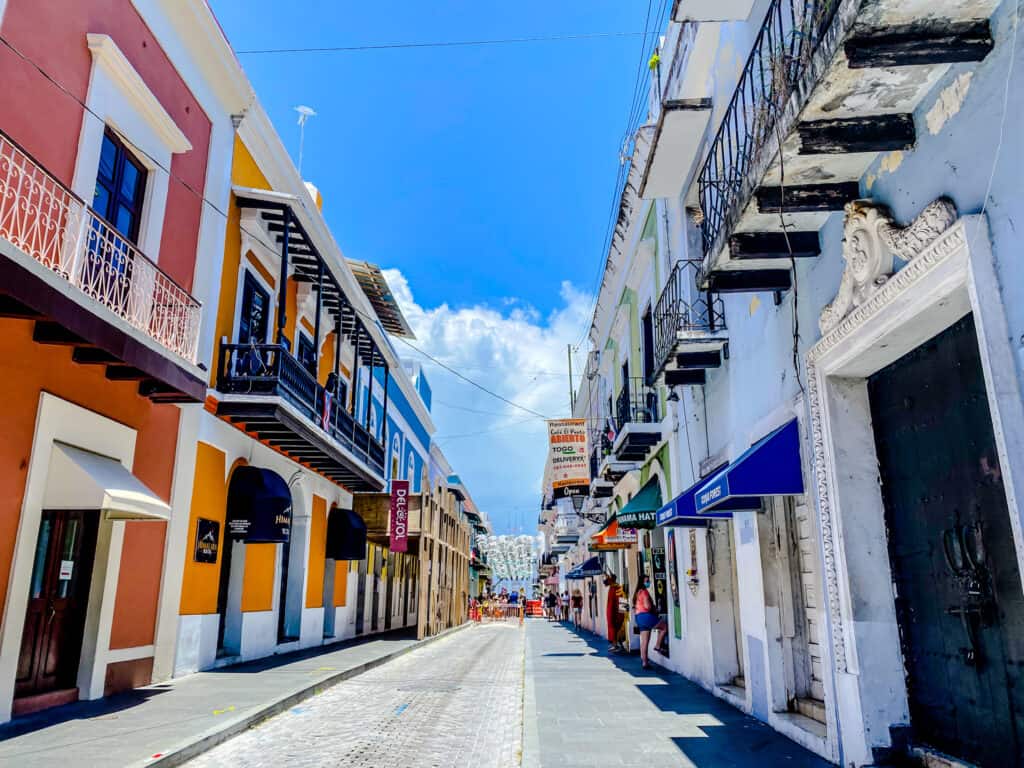
1 | Walled City of Old San Juan
The Walled City is a must-visit for anyone looking to experience Puerto Rico’s history. I’ve explored these streets multiple times, and their charm never fades. Each visit feels like a new experience.
The city walls are more than just impressive structures. Built to shield San Juan from pirate attacks and foreign invasions, the walls have withstood the test of time. As you walk along them, you’ll feel transported back in time, and it’ll become clear why this area has been designated a UNESCO World Heritage site.
But don’t stop at the walls. Old San Juan is filled with historic buildings that each have their own unique story to tell. From the colorful colonial houses to the grand forts, the architecture here serves as a living museum.
The city is also home to fascinating museums like the Museo de las Américas and art galleries showcasing Puerto Rican talent.
If you’re a foodie, you’re in luck. The area is full of restaurants and cafes where you can try traditional Puerto Rican dishes. If you’re looking to shop, you’ll find everything from souvenir shops to high-end boutiques.
And let’s not forget the historic churches like the San Juan Cathedral, offering a peaceful retreat in the middle of the busy city.
There’s so much to see and experience that you can easily spend a day within the walled city.
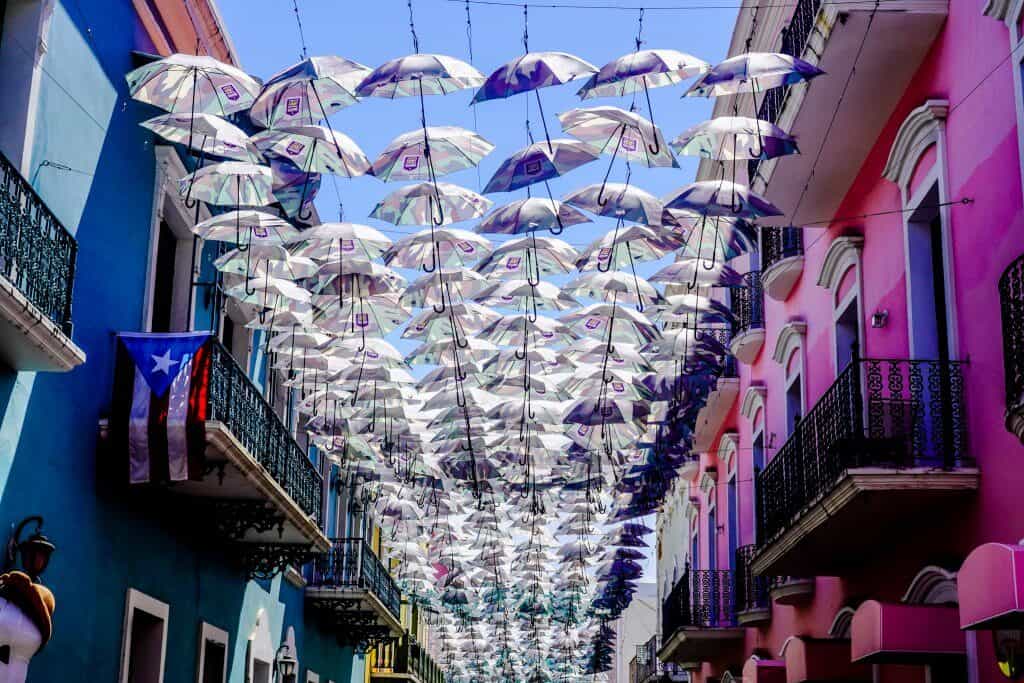
2 | La Fortaleza
La Fortaleza is as intriguing as its name suggests. It’s a blend of political significance and historical grandeur that you won’t want to miss.
La Fortaleza is the oldest executive mansion still in use in the Western Hemisphere. Originally built as a military fortress to defend the harbor of San Juan, it later became the official residence of the Governor of Puerto Rico.
Situated on Calle de la Fortaleza, this site is a symbol of Puerto Rican governance. The building itself is beautiful, with architectural elements that have evolved over the years, reflecting the changing times and leaders.
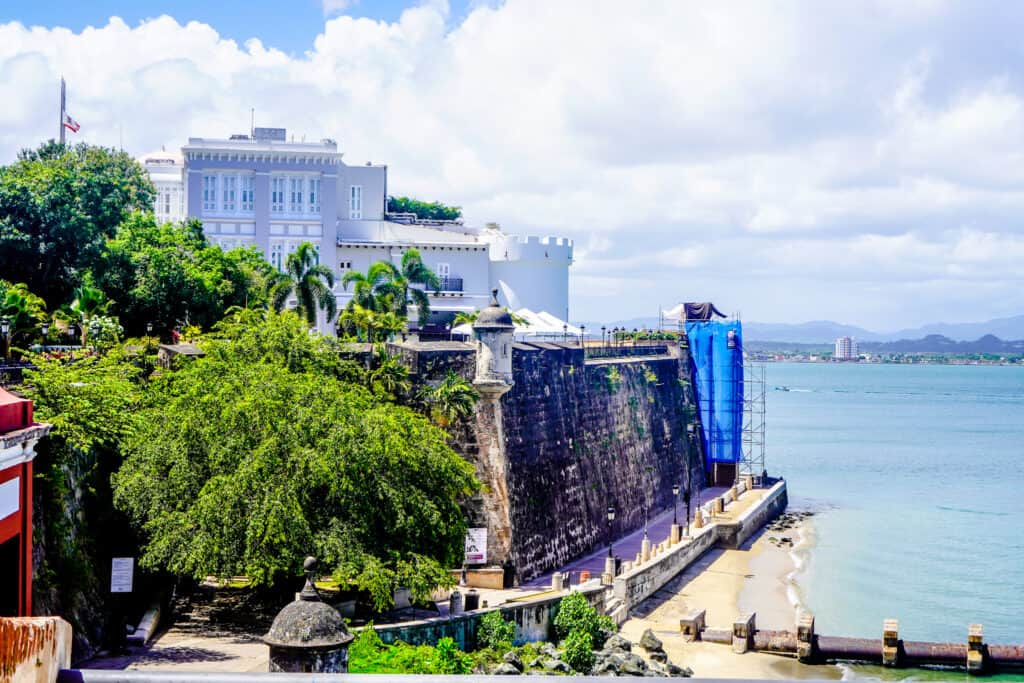
3 | Palacio de Santa Catalina
Palacio de Santa Catalina is actually the formal name for La Fortaleza. This historic site is so significant that it goes by two names, each highlighting a different aspect of its history.
While La Fortaleza emphasizes the building’s original purpose as a military fortress, Palacio de Santa Catalina underscores its role as a regal residence. It’s a name that evokes grandeur and elegance, fitting for a place that has been the official residence of Puerto Rico’s governors for centuries.
Understanding this site’s dual identity enriches your appreciation of its historical significance. It’s not just a fortress or just a palace. It’s both, and that duality is part of Puerto Rico’s complex and multifaceted history.
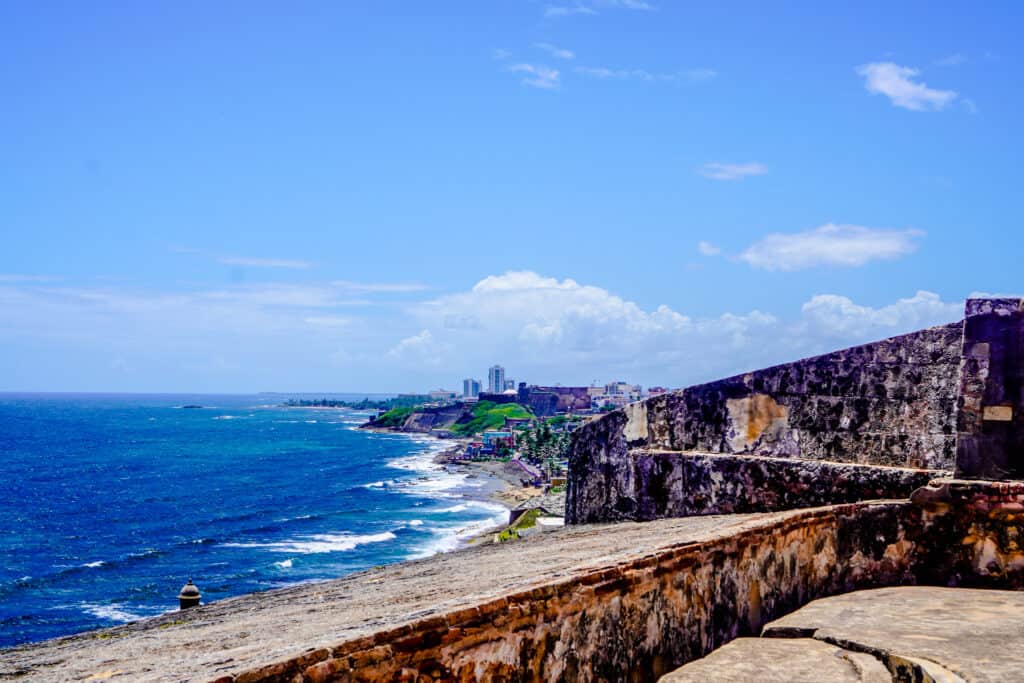
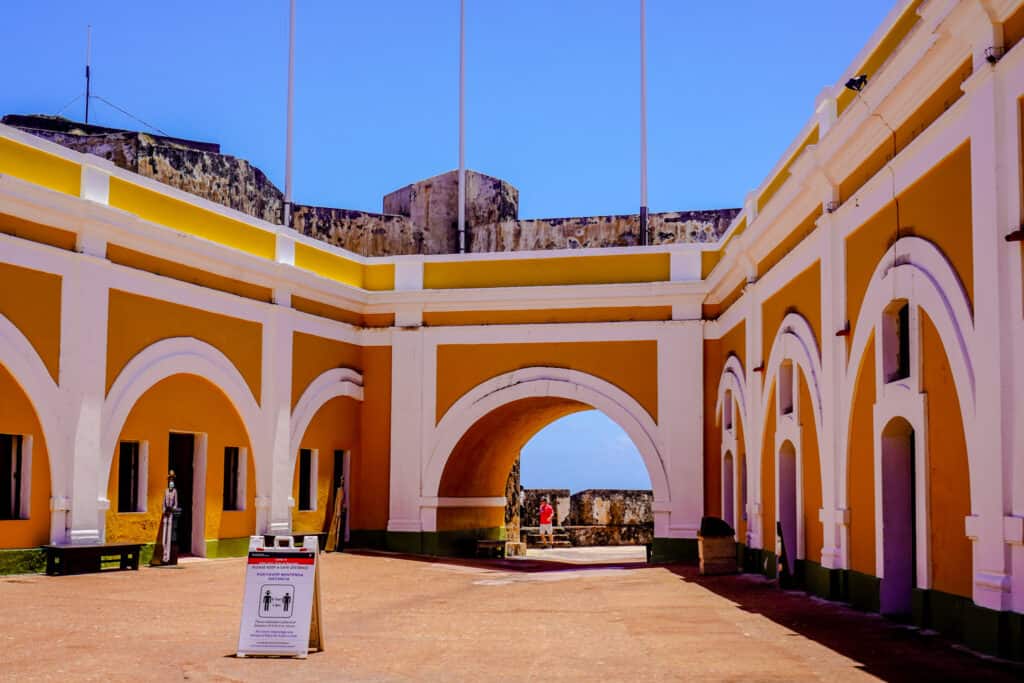
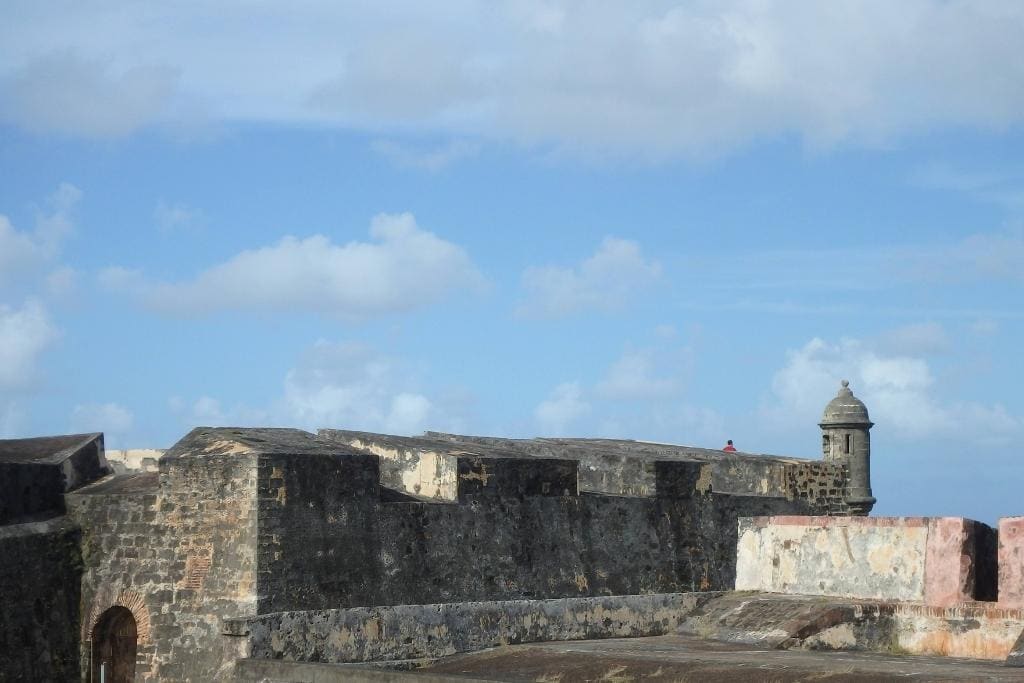
4 | Castillo San Felipe del Morro (El Morro)
Next up is Castillo San Felipe del Morro, commonly known as El Morro. This is one of my absolute favorite places. If you’re in Puerto Rico, skipping El Morro would be like going to Paris and not seeing the Eiffel Tower – it’s that iconic.
Part of the San Juan National Historic Site, El Morro is a massive fortification that has stood guard over the entrance to San Juan Bay for centuries. The fort has seen its share of battles, from conflicts with European powers to pirate sieges.
What makes El Morro truly special is its strategic location. Perched on a cliff overlooking the Atlantic Ocean, it offers breathtaking views that are worth the visit alone. But don’t just go for the views; the fort itself is a labyrinth of tunnels, barracks, and outposts to explore.
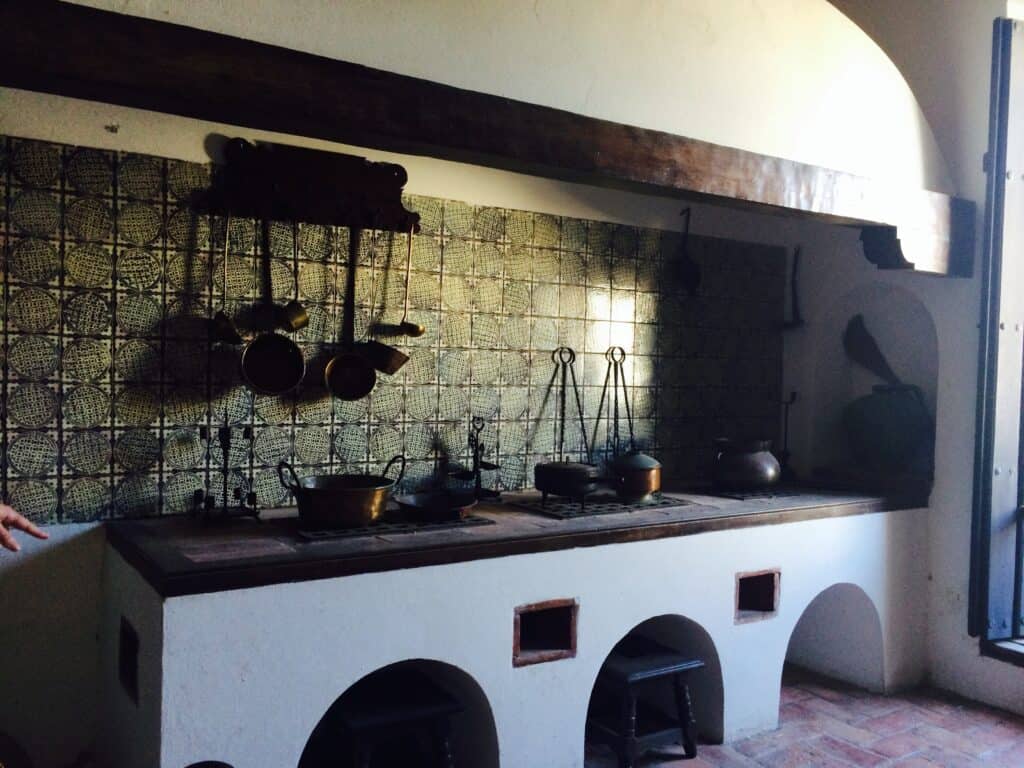
5 | La Casa Blanca
La Casa Blanca was originally built for Juan Ponce de León, the first Governor of Puerto Rico, although he never lived there. Instead, it served as the residence for his descendants for over 250 years.
The house itself is a beautiful example of Spanish colonial architecture, complete with beautiful gardens and panoramic views of San Juan Bay. Today, La Casa Blanca is a museum where you can see what life was like in Puerto Rico in the 16th century.
If you’re looking to get a more intimate understanding of Puerto Rico’s history, La Casa Blanca should definitely be on your itinerary.
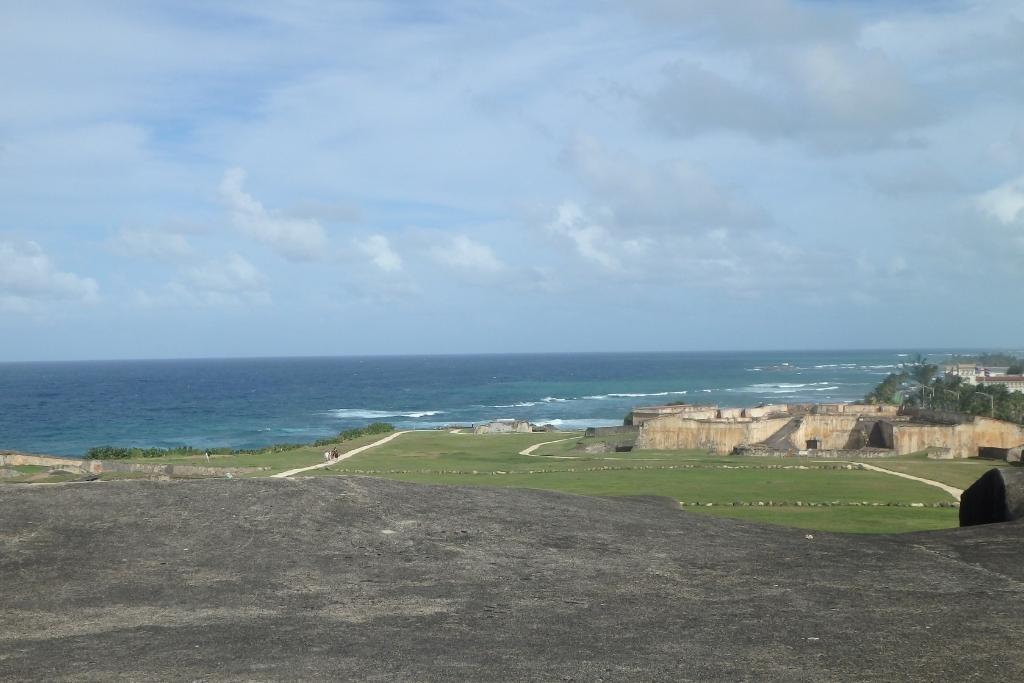
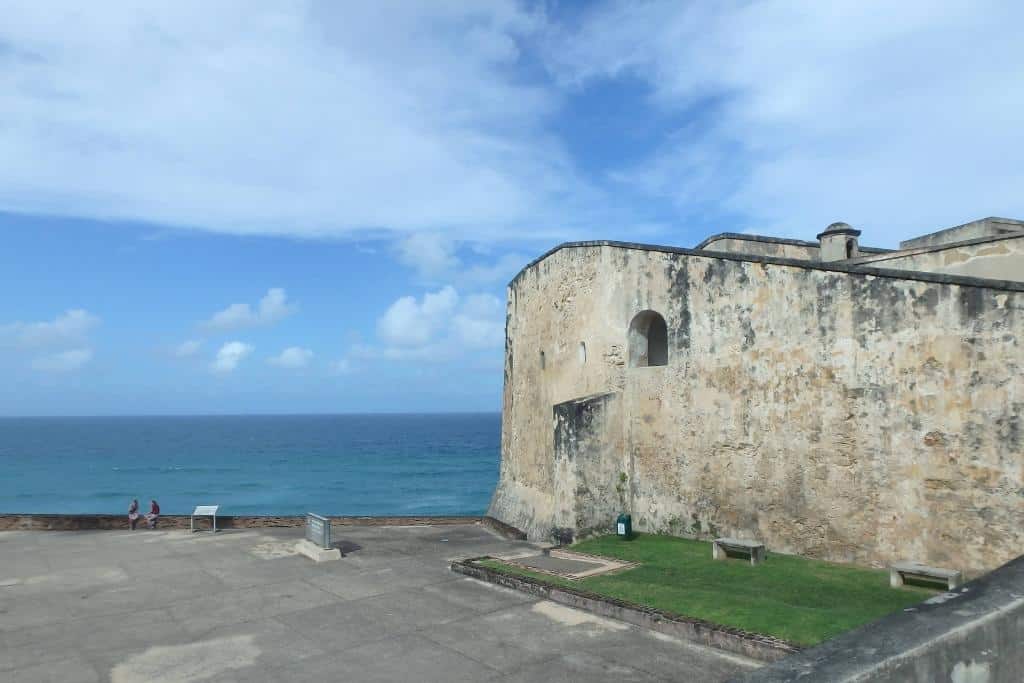
6 | Castillo San Cristóbal
Castillo San Cristóbal is El Morro’s equally impressive but often overshadowed sibling.
Castillo San Cristóbal is unique in its own right. Built to protect against land-based attacks on San Juan, it’s the largest fortification built by the Spanish in the New World. Christopher Columbus is said to have landed near this site during his second voyage to the Americas. So, in a way, the fort stands as a monumental gateway to European exploration and colonization.
The fort is a sprawling complex of tunnels, turrets, and ramparts, each designed with a specific purpose in mind. It’s a place where military strategy and architectural brilliance come together, creating a fortress that’s as functional as it is awe-inspiring.
If you’re making your way through Puerto Rico’s historical landmarks, don’t skip Castillo San Cristóbal. It offers a different perspective on the island’s history, one that complements the sea-facing defenses of El Morro.
7 | Paseo de la Princesa
Paseo de la Princesa is located just outside the city walls of Old San Juan, offering a tranquil escape from the city. The walkway is lined with trees, gardens, and historic statues, making it a picturesque setting for a leisurely walk.
But don’t let its beauty fool you. This place has its own historical significance.
Originally built in the 19th century, the promenade was designed to beautify the city and provide a public space for residents and visitors. Over the years, it has become a gathering spot for locals and tourists, filled with vendors, musicians, and artists.
If you’re looking to take a break from the more intense historical sites, Paseo de la Princesa is your go-to spot. It offers a perfect blend of natural beauty and cultural richness, making it a must-visit for anyone looking to experience the lighter side of Puerto Rico’s history.
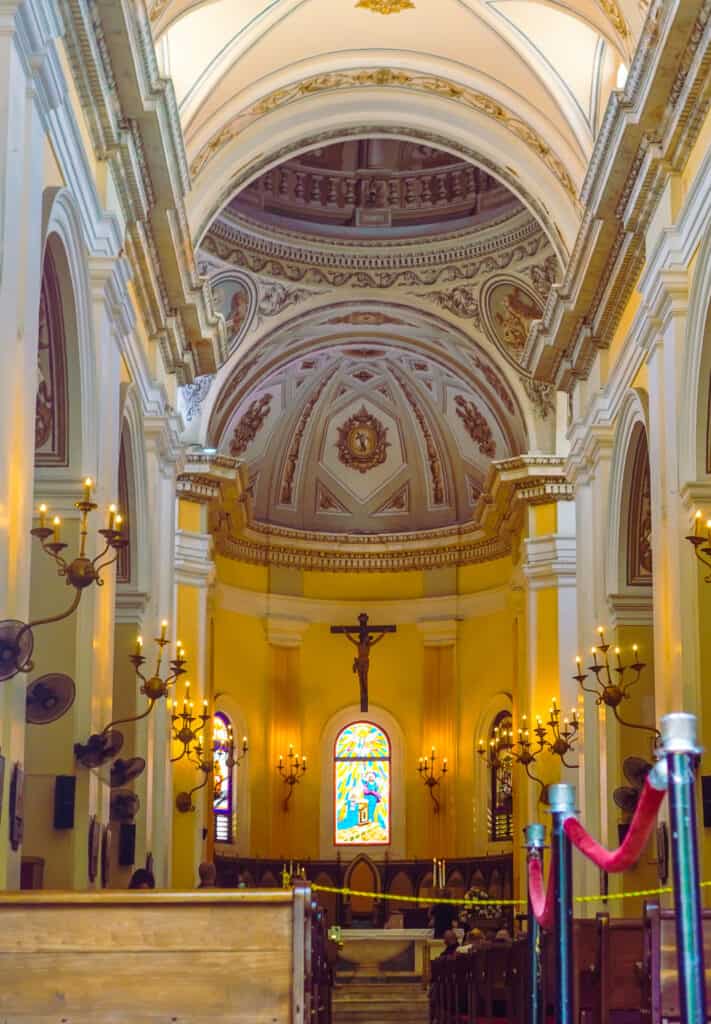
8 | Catedral Basilica Menor de San Juan Bautista
If you’re in the mood for something truly awe-inspiring, then you can’t miss the Catedral Basilica Menor de San Juan Bautista. Known simply as the San Juan Cathedral, this religious landmark is a sanctuary in more ways than one.
The Cathedral has been standing since the early 16th century making it the second oldest church in the Western Hemisphere.
But the cathedral’s historical significance isn’t its only draw. It’s located in the heart of Old San Juan, surrounded by historic hotels. Whether you’re staying nearby or just passing through, the cathedral serves as a central point for exploring the surrounding area.
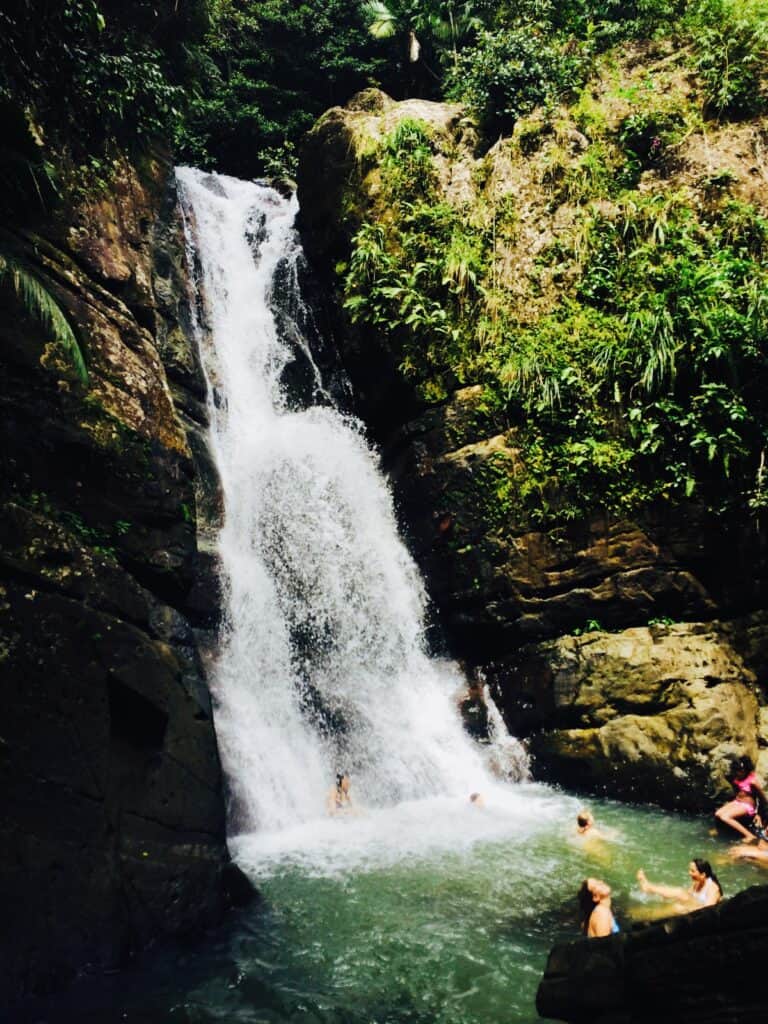
9 | El Yunque National Forest
El Yunque is the only tropical rainforest in the United States National Forest System. It’s a place where history isn’t just about buildings and battles; it’s about the land itself and the indigenous people who once called it home.
The forest has been a sacred place for centuries, revered by the native Taino Indians long before European settlers arrived.
The forest offers a different kind of historical experience. As you walk through its trails, you’re walking through an ecosystem that has evolved over millions of years. It’s a place where you can connect with nature and gain a deeper understanding of the island’s ecological history.
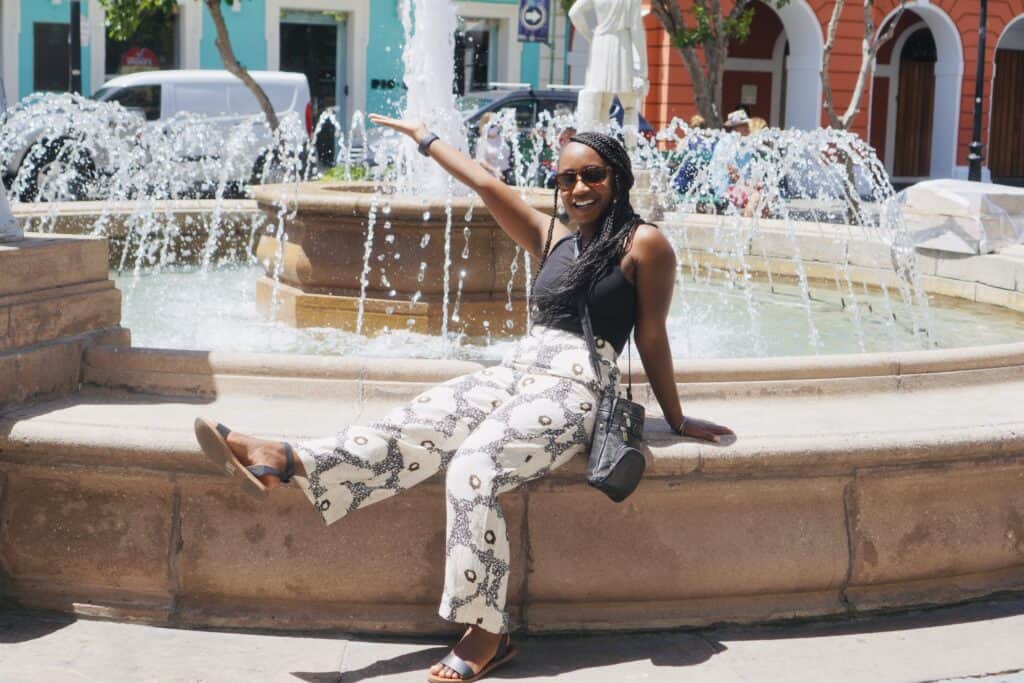
10 | Plaza De Armas
Originally designed as a military parade ground, Plaza De Armas has evolved into a gathering place for locals and tourists. The square is often filled with vendors, musicians, and artists. It’s surrounded by important government buildings and historic sites, making it a focal point for anyone exploring Old San Juan.
Plaza De Armas is a beautiful place where history meets daily life. You can sit by the fountain, enjoy a cup of local coffee, and take in the view of historic buildings that have stood for centuries.
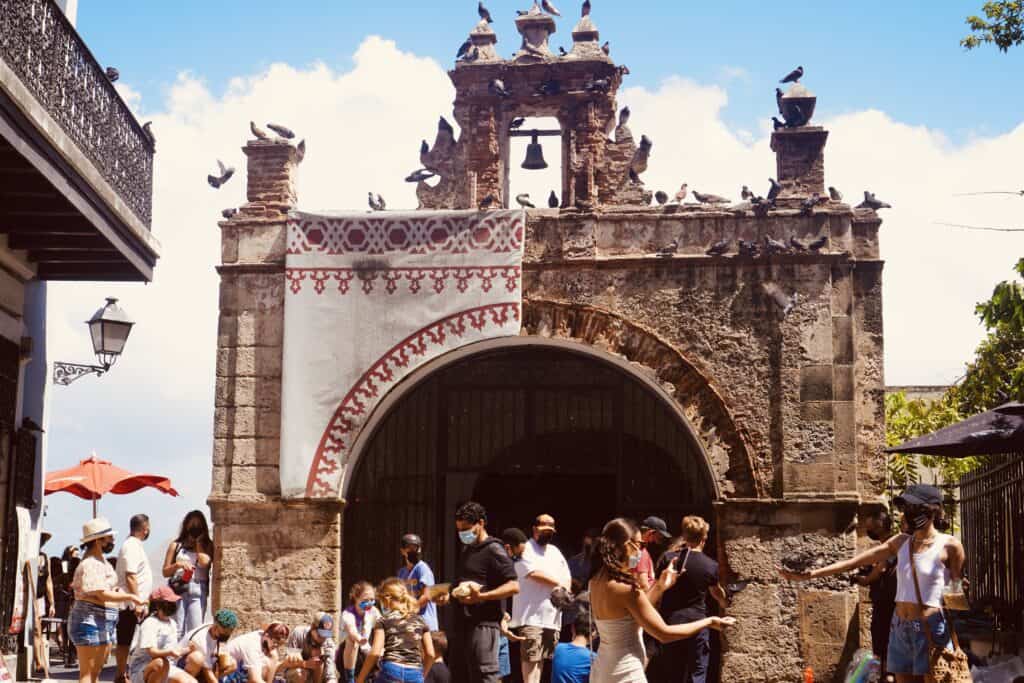
11 | Capilla del Santo Cristo de la Salud
Capilla del Santo Cristo de la Salud is a small chapel located at the end of Calle Cristo in Old San Juan.
The chapel was built in the 18th century following a miraculous event: a young man survived a horrific fall from his horse during a race, and the chapel was erected on the site as a tribute. Since then, it has become a place of pilgrimage for people seeking miracles or simply a moment of peace.
If you’re looking to explore a site that combines historical depth with spiritual significance, Capilla del Santo Cristo de la Salud is a must-visit.
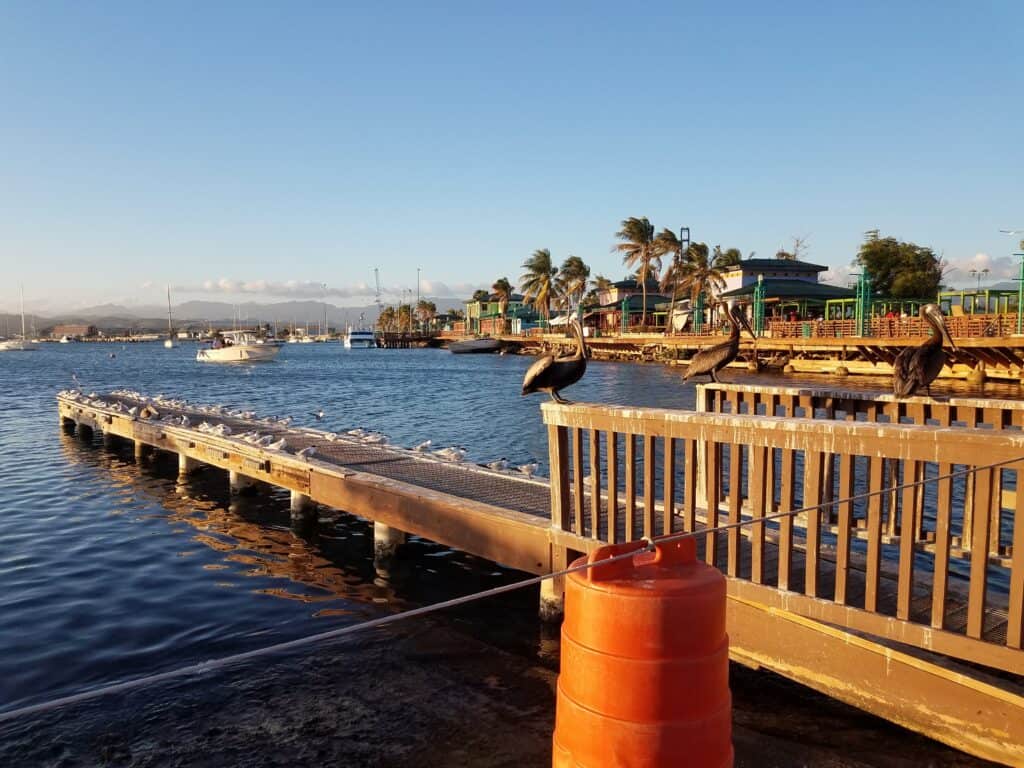
12 | La Guancha Boardwalk
If you’re in the mood for a blend of history, culture, and ocean views, then La Guancha Boardwalk in Ponce is your next stop. I’ve spent many a sunset here, enjoying the sea breeze and taking in the local scene, and it’s a spot that offers a different flavor of Puerto Rican history.
La Guancha is a cultural hub that has been part of Ponce’s social fabric for years. The area is steeped in history, from its origins as a key port to its current status as a beloved local hangout. It’s a place where you can learn about the maritime history of the island while enjoying some of its modern-day pleasures.
The boardwalk is lined with kiosks selling local food, artisans displaying their crafts, and local musicians. It’s a lively place that captures the spirit of Puerto Rico, past and present.
13 | Caguana Ceremonial Ball Courts Site
If you’re interested in going even further back in time, the Caguana Ceremonial Ball Courts Site is a must-visit.
Located in the central-western region of Puerto Rico, this site is one of the most important indigenous ceremonial centers in the Caribbean. It features a series of ball courts, or “bateyes,” where the Taíno people once played ceremonial games.
These courts are sacred spaces that were central to Taíno culture and spirituality. The site is also home to petroglyphs and artifacts that provide valuable insights into the beliefs and practices of the Taíno people.
If you want to understand the full scope of Puerto Rico’s history, from its indigenous roots to its colonial past and beyond, the Caguana Ceremonial Ball Courts Site is an essential stop.
It offers a rare opportunity to connect with an often-overlooked aspect of the island’s heritage, making your historical journey all the more comprehensive.
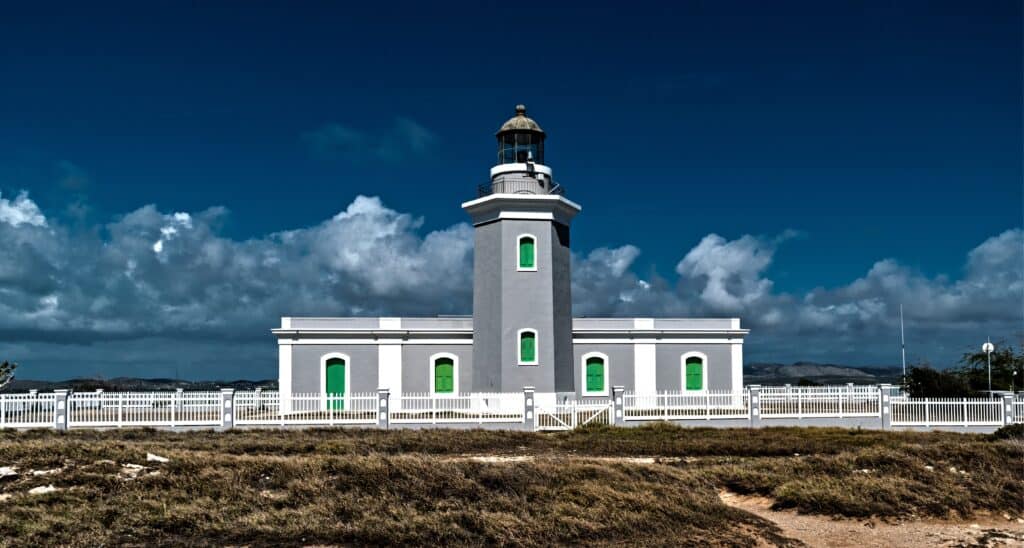
14 | Cabo Rojo Lighthouse
For a change of scenery, head over to the Cabo Rojo Lighthouse. Perched on dramatic limestone cliffs overlooking the Caribbean Sea, this lighthouse is a beacon in more ways than one.
Built in 1882 by the Spanish government, the lighthouse has guided sailors through the treacherous waters around Puerto Rico’s southwestern tip for over a century. It’s not just a functional structure. It’s a symbol of the island’s maritime history and its strategic importance in the Caribbean.
The lighthouse has been meticulously preserved, allowing visitors to step back in time and experience the life of a lighthouse keeper, all while enjoying amazing panoramic views.
15 | Parque Ceremonial Indígena de Caguana
If you’re intrigued by Puerto Rico’s indigenous history, then Parque Ceremonial Indígena de Caguana is another must-see. This archaeological site is full of information about the Taíno Indians, the island’s original inhabitants.
Located in the central part of the island, this park is one of the most significant Taíno ceremonial sites in Puerto Rico. It features a series of plazas and ceremonial ball courts similar to the Caguana Ceremonial Ball Courts Site but with its own unique characteristics.
The site is also home to a variety of petroglyphs and monoliths that offer insights into Taíno beliefs and cosmology.
What sets this park apart is its focus on education and preservation. It’s also an active center for the study and celebration of Taíno culture. The park features a museum that houses artifacts and provides context for the site, making it an invaluable resource for anyone interested in indigenous history.
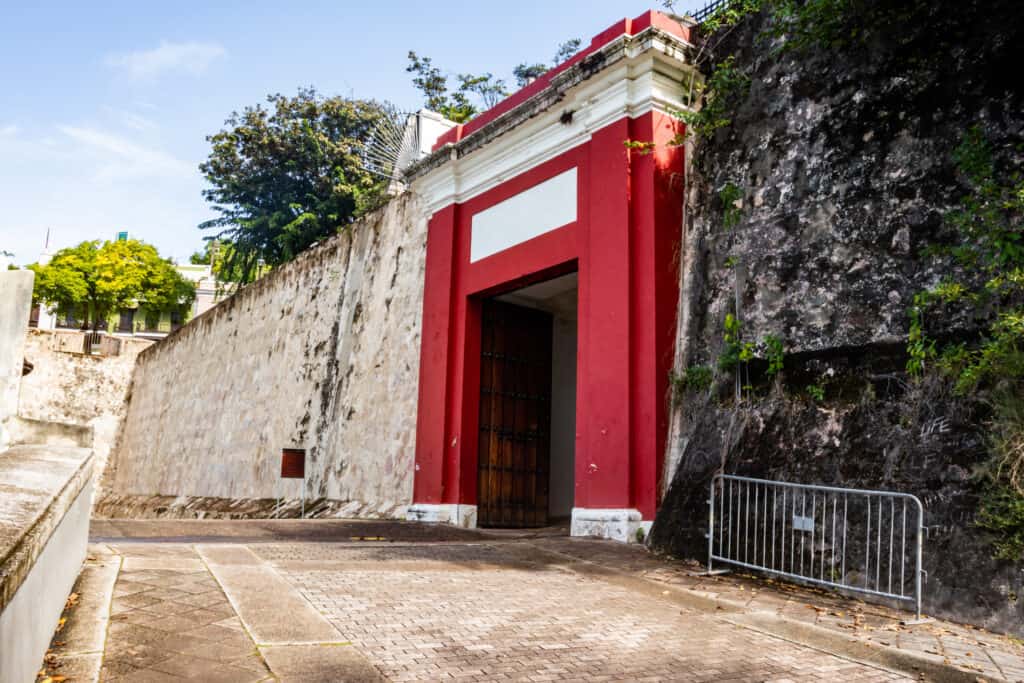
16 | San Juan Gate
As you explore the labyrinthine streets of Old San Juan, you’ll inevitably come across the San Juan Gate, and it’s a sight to behold.
Built in the late 18th century, the San Juan Gate is the last remaining of the original five gates that provided access to the walled city. It served as the main entry point for anyone arriving by sea.
The gate is adorned with inscriptions and coats of arms, each telling a piece of the island’s colonial history.
If you’re looking for a “step back in time” experience, the San Juan Gate is a must-see. It’s not just a historical landmark. It’s a living piece of Puerto Rico’s heritage, offering a tangible connection to the island’s past.
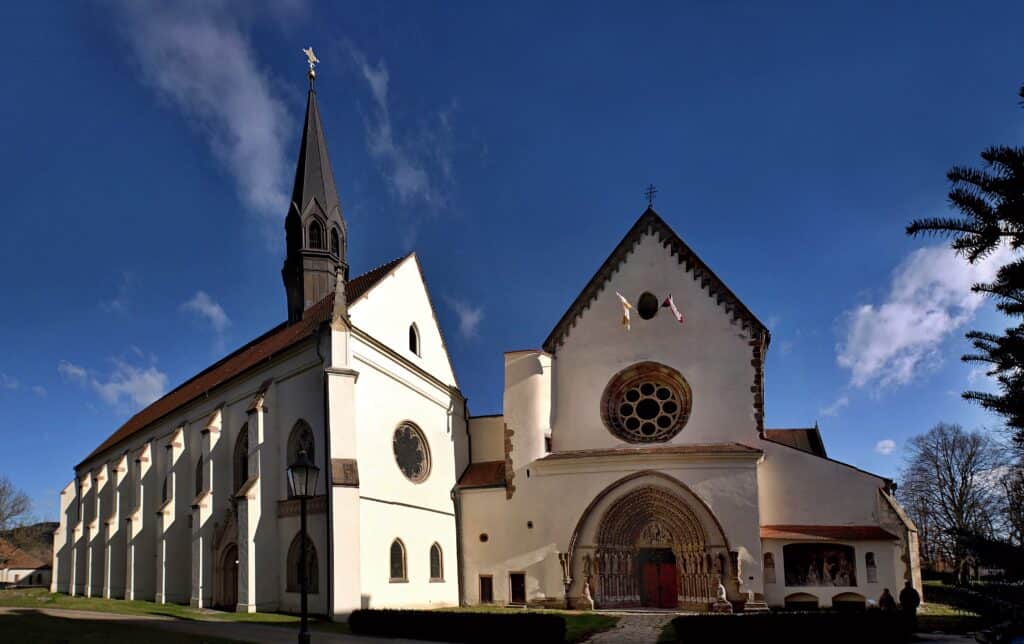
17 | Porta Coeli
Last but certainly not least on our historical tour is Porta Coeli, one of the oldest churches in the Americas.
Built in the 17th century by Dominican friars, Porta Coeli is located in the town of San Germán. The name translates to “Heavenly Gate,” and it’s easy to see why. The simple yet striking architecture, with its wooden altars and rustic charm, gives the impression of stepping into a sanctuary untouched by time.
The church has undergone various restorations over the years but has retained its original essence. Today, it serves as both a place of worship and a museum, housing a collection of religious art and artifacts that provide a window into the island’s spiritual history.
A Brief History of Puerto Rico
When it comes to understanding Puerto Rico, context is key. This Caribbean island is more than just a tropical paradise. It’s a historical island that has been shaped by various cultures, governments, and events.
Pre-Columbian Puerto Rico
The pre-Columbian history of Puerto Rico is marked by the presence of the indigenous Taino people. Prior to the arrival of Christopher Columbus in 1493, the Tainos had lived on the island for centuries, developing a rich and vibrant civilization. Their culture was sophisticated, with organized systems for agriculture, trade, and political governance.
Interestingly, the Tainos are credited with inventing the hammock, which was a significant part of their daily life. Their legacy is still visible in modern Puerto Rico, particularly in the island’s place names and culinary traditions.
The Advent of European Colonization in the Americas
Puerto Rico is strategically located between the Caribbean Sea and the Atlantic Ocean. This geographical position has made it a coveted prize for both empires and explorers.
Christopher Columbus landed in Puerto Rico in 1493, and this marked the beginning of a large shift in the way and quality of life of the Taino people. This interaction with the Europeans disrupted their established way of life, bringing drastic changes in their socio-political systems, economy, and culture.
Diseases brought by the Europeans, to which the Tainos had no immunity, caused catastrophic population declines. European technologies, languages, and religious beliefs began to supersede Taino traditions.
During this time, slavery played a pivotal role in the colony’s economy. A number of African slaves brought in to work in the sugarcane fields and gold mines. Despite the harsh realities of colonial rule, this period also saw the blending of Spanish, African, and indigenous Taino cultures, which laid the foundation for the distinct Puerto Rican identity we see today.
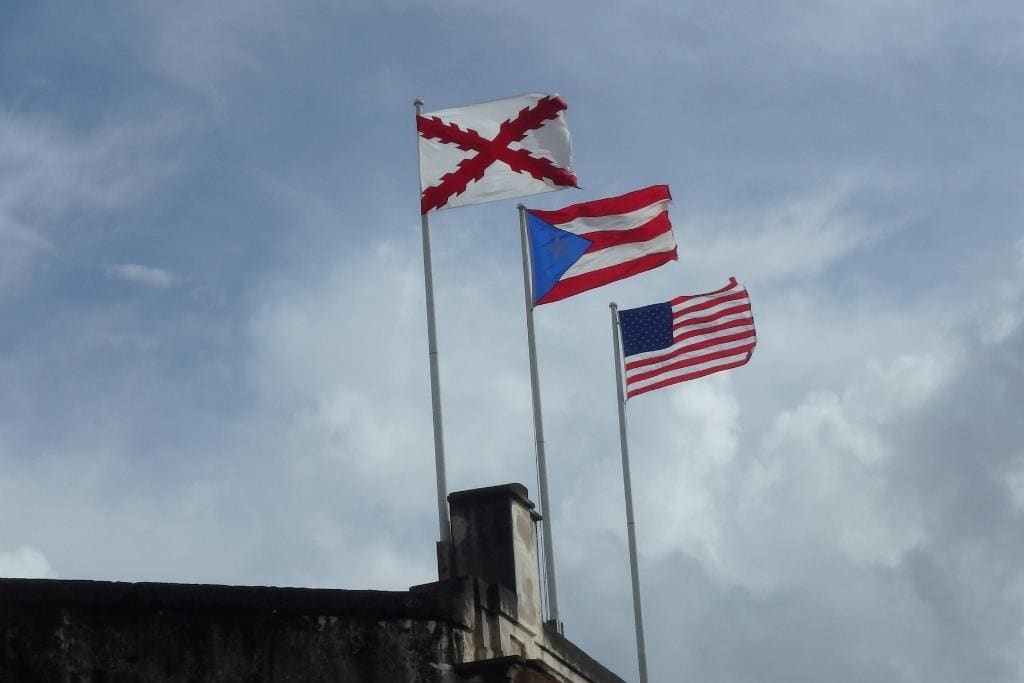
Puerto Rico as a US Territory
The Spanish-American War in 1898 was a watershed moment for Puerto Rico. The island was ceded to the United States as part of the Treaty of Paris, marking the end of 400 years of Spanish rule and the beginning of a new chapter.
This war didn’t just change the island’s political landscape. It set the stage for its complex relationship with the United States.
Since becoming a U.S. territory, Puerto Rico has had a unique status. It’s not a state, but its residents are U.S. citizens. The island has its own culture and identity, yet it’s deeply influenced by American laws and governance.
This complex relationship has been the subject of ongoing debate, affecting everything from politics to identity.
As you explore Puerto Rico’s historical sites, keep this history in mind. It’s a story that’s still being written, influenced by its strategic location, colonial past, and ongoing relationship with the United States.
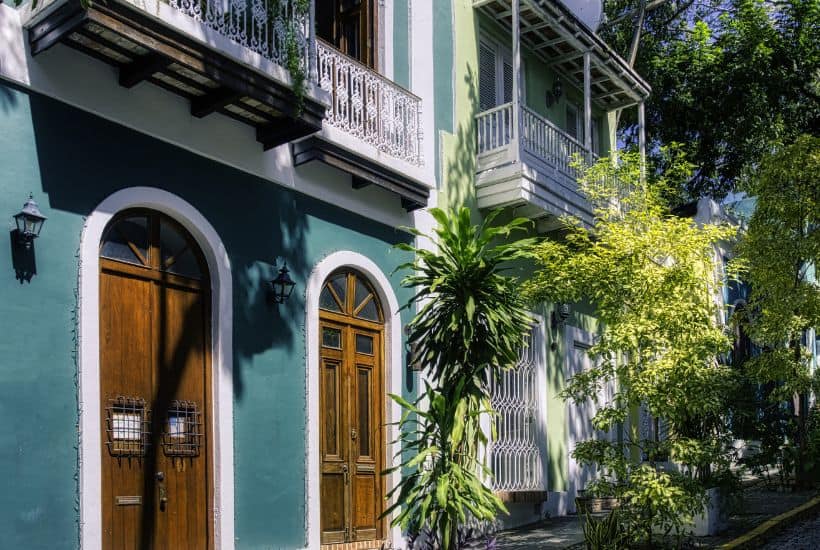
FAQs | Historical Sites in Puerto Rico
The most beautiful street in Old San Juan is often considered to be Calle Fortaleza. Known for its colorful buildings and cobblestone pavement, this street is a photographer’s dream. It leads to La Fortaleza, the governor’s mansion, and is lined with charming shops and cafes.
The most historical place in Old San Juan is Castillo San Felipe del Morro, commonly known as El Morro.
The two most important museums in Puerto Rico are the Museo de Arte de Puerto Rico in San Juan, which showcases Puerto Rican visual arts, and the Museo de Arte de Ponce, known for its European and Puerto Rican art collections.
In Summary | The Top Historical Landmarks in Puerto Rico
When it comes to Caribbean destinations, Puerto Rico offers a unique blend of natural beauty and rich history that sets it apart from popular spots like Cozumel and Cancun.
While the latter two are renowned for their stunning beaches, scuba diving, and snorkeling, they primarily cater to tourists seeking a resort-style experience.
Puerto Rico, on the other hand, provides a more diverse range of attractions, from its historical landmarks to its lush El Yunque National Forest. The island invites you to immerse yourself in its culture and history, offering a deeper, more enriching travel experience.
Puerto Rico is much more than just a tropical getaway. From the walled city of Old San Juan to the indigenous roots revealed at the Caguana Ceremonial Ball Courts Site, each landmark tells a unique story.
There are so many fascinating historical sites in Puerto Rico. By adding some of these to your itinerary, you’ll end up appreciating the island even more.
Related Latin American Travel Guides
Don’t forget to pin this for later!
